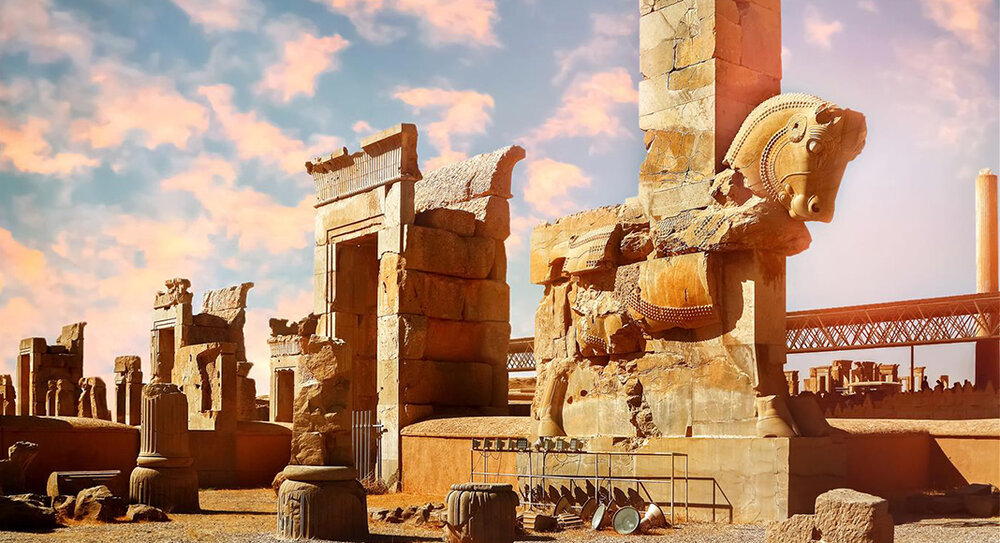UNESCO-registered Persepolis digitizing documents

TEHRAN –Thousands of historical documents of the UNESCO-tagged site of Persepolis, dating back from the 1930s to the present day, are being classified and digitized.
Also known as Takht-e Jamshid, Persepolis in southern Fars province, was the ceremonial capital of the Achaemenid Empire (550-330 BC).
The documents include administrative correspondence, maps, photos, slides, reports, and videos of several excavations, preservation and restoration projects as well as scientific researches being held in the site for over 90 years, CHTN quoted Hamid Fadai, the director of the site, as saying on Saturday.
The project aims at maintaining and protecting documents, providing easy access to documents for scientists, scholars, students, and history buffs as well as passing this important cultural heritage to the next generations, the official added.
He also noted that due to the need to classify and store this vital information in a data bank, digitizing the documents has been a project pursued for many years, and now most of the paper maps are scanned and digitized and are ready to be submitted in the data bank.
In October, a center for paleography and studying historical inscriptions with the aim of continuing current studies and researches as well as obtaining important and effective information from various historical eras was launched at the site.
Back in July, a documentation project was commenced on the inscriptions in Persepolis and Naqsh-e Rostam, aimed at documenting all the written works from the Achaemenid-era to the contemporary era, which are unique in terms of linguistics.
The experts expected that the documentation of the inscriptions would put the restoration projects of the sites on the right track and would help archeology studies and even tourism in these areas.
The royal city of Persepolis, which ranks among the archaeological sites which have no equivalent, considering its unique architecture, urban planning, construction technology, and art, was burnt by Alexander the Great in 330 BC apparently as a revenge to the Persians because it seems the Persian King Xerxes had burnt the Greek City of Athens around 150 years earlier.
The city’s immense terrace was begun about 518 BC by Darius the Great, the Achaemenid Empire’s king. On this terrace, successive kings erected a series of architecturally stunning palatial buildings, among them the massive Apadana palace and the Throne Hall (“Hundred-Column Hall”).
This 13-ha ensemble of majestic approaches, monumental stairways, throne rooms (Apadana), reception rooms, and dependencies is classified among the world’s greatest archaeological sites.
Persepolis was the seat of the government of the Achaemenid Empire, though it was designed primarily to be a showplace and spectacular center for the receptions and festivals of the kings and their empire.
ABU/MG
